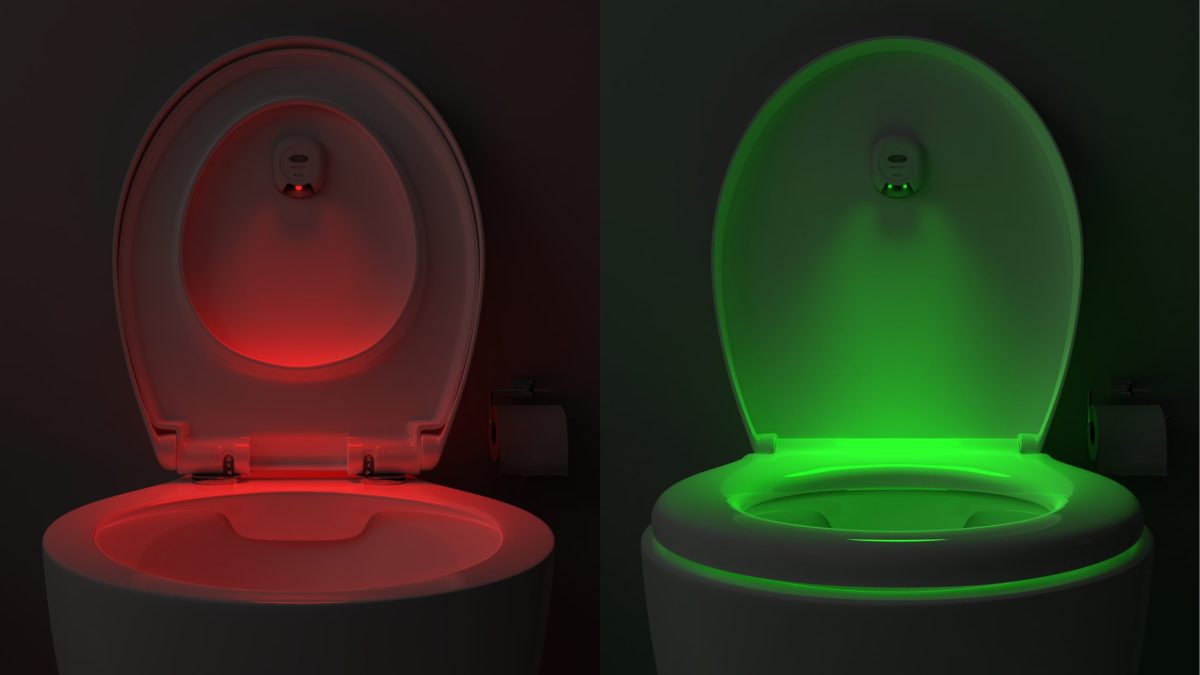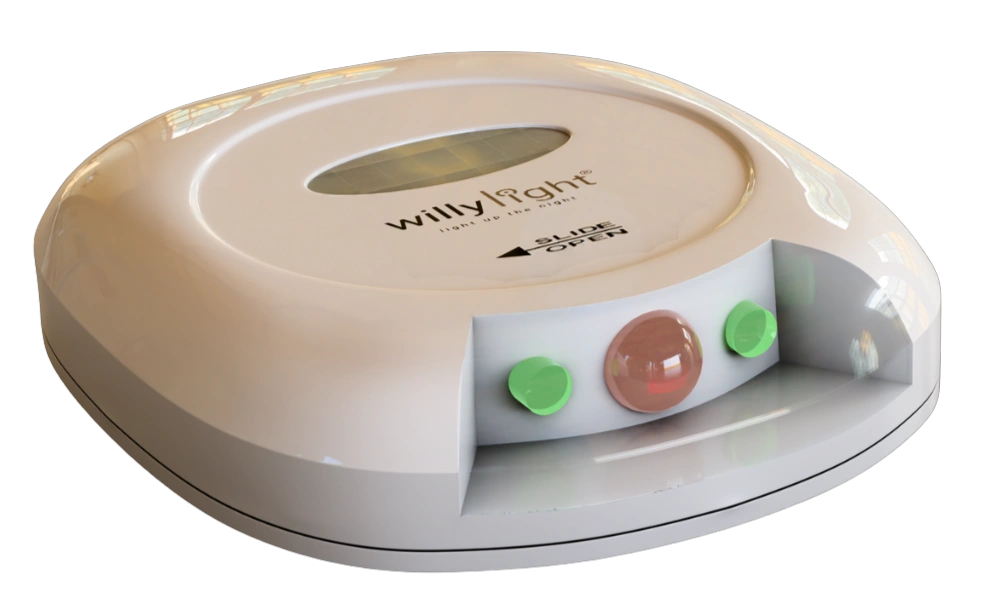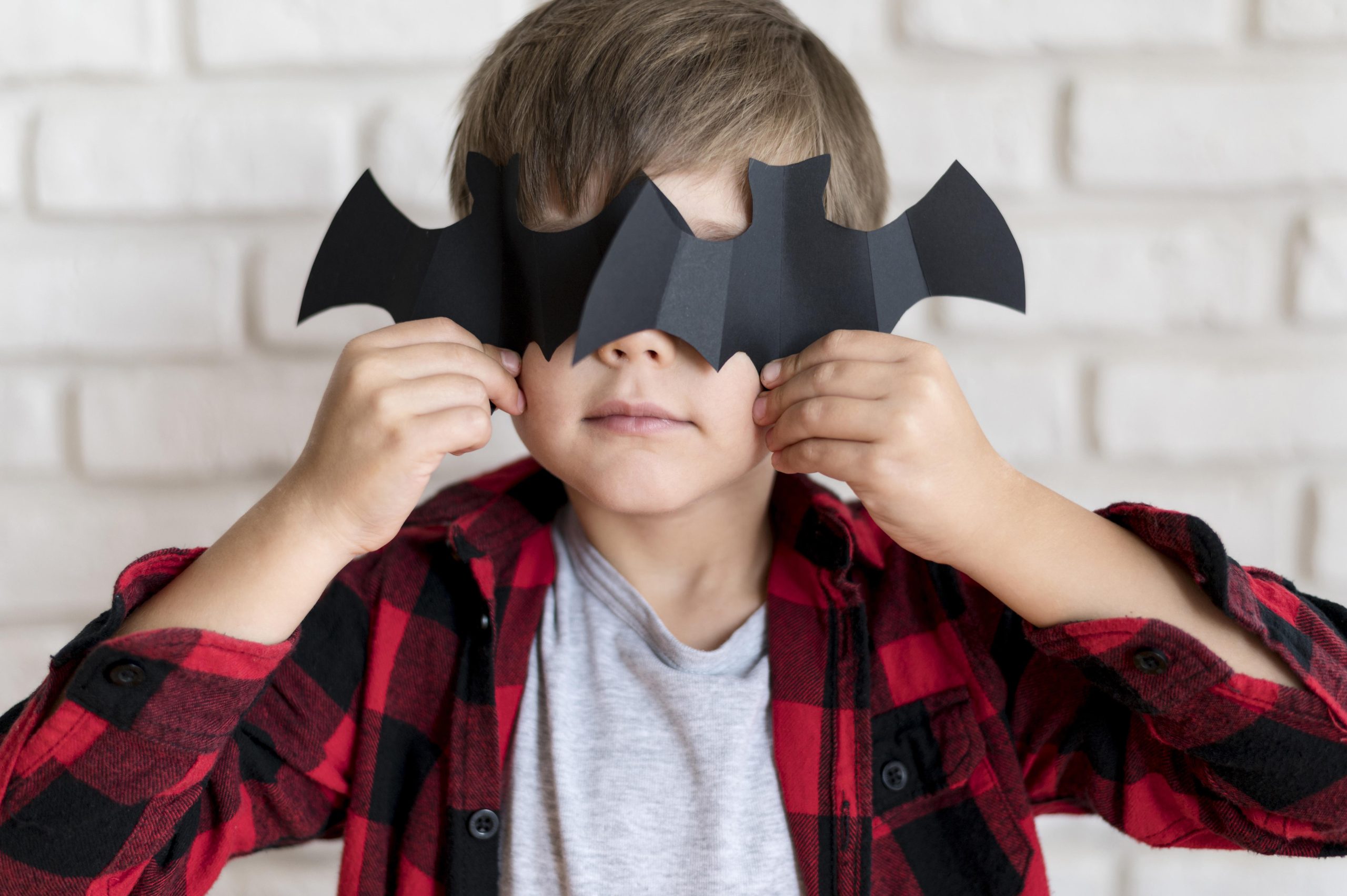
The 3am Wake-Up Call That Changed Everything
Sarah thought her toilet training victory lap was complete. Her 4-year-old son Jake had mastered the big toilet, accidents were rare, and she was ready to declare success. Then came that fateful 3am bathroom trip when she sat down on a toilet seat that had been left up all night.
Sound familiar?
You’ve probably experienced this jarring wake-up call yourself, or perhaps you’re the parent constantly reminding everyone to “put the seat down!” What Sarah discovered that night is what most parents miss entirely: successfully using the toilet is only half the battle. The other half is learning proper toilet seat etiquette.
This isn’t just about avoiding middle-of-the-night surprises. Teaching toilet seat etiquette early prevents years of family conflicts, builds consideration for others, and creates habits that will serve your child throughout their entire life.
Why Most Toilet Training Programs Miss the Mark
Here’s the uncomfortable truth: traditional toilet training focuses almost exclusively on the mechanics of using the toilet while completely ignoring the social aspects. We celebrate when our toddler successfully goes potty, but we forget to teach them that being toilet trained means being considerate of the next person who uses that bathroom.
The benefits of teaching toilet seat etiquette go far beyond bathroom courtesy:
- Prevents family conflicts before they start (no more late-night arguments)
- Builds empathy and consideration for others from an early age
- Creates lifelong habits that will benefit them in shared living situations
- Establishes respect for shared spaces throughout the home
- Reduces parental stress by eliminating constant reminders
- Teaches personal responsibility beyond just personal hygiene
Most importantly, children who learn proper toilet etiquette early develop a sense of pride in being truly “grown up” – they’re not just toilet trained, they’re bathroom citizens who think about others.
The Real Challenge: Making Abstract Concepts Concrete for Young Minds
The biggest hurdle in teaching toilet seat etiquette isn’t willingness, it’s comprehension. Young children struggle with abstract concepts like “consideration for others” or “thinking ahead to the next person.” They live in the moment, focused on their immediate needs.
Traditional approaches rely heavily on verbal reminders:
- “Don’t forget to put the seat down!”
- “Think about Mommy using the bathroom next!”
- “Be considerate of others!”
But here’s the problem: verbal instructions are easily forgotten, especially by young children who are still developing their working memory and impulse control.
What children need are concrete, visual cues that provide immediate feedback about their behavior. They need to understand in the moment whether they’re doing the right thing or not.
The Science Behind Visual Learning in Young Children
Child development research consistently shows that young children are primarily visual learners. Between ages 2-5, children process visual information much faster than verbal instructions. They respond better to immediate feedback than delayed consequences.
Dr. Maria Montessori recognized this over a century ago when she developed learning materials that provided instant visual feedback to children. Modern research in child psychology confirms that:
- Visual cues are processed 60,000 times faster than text by the human brain
- Immediate feedback is more effective than delayed feedback for habit formation
- Color-coded systems help children categorize behaviors as “right” or “wrong”
- Game-like elements increase engagement and retention in learning
This is exactly why innovative parents are turning to visual feedback systems for toilet seat etiquette training.
Introducing the Red Light, Green Light Method

Imagine if your child received instant visual feedback about their toilet seat behavior. Red light means “stop, something’s not right” and green light means “perfect, well done!” This isn’t just wishful thinking – it’s exactly how modern toilet training aids like the Willy Light work.
Here’s how the visual feedback system transforms etiquette training:
Red Light Scenarios:
- Seat is in the wrong position for the next user
- Child needs to pause and think about proper etiquette
- Immediate visual cue to adjust behavior
Green Light Success:
- Proper seat position for shared bathroom use
- Instant positive reinforcement for correct behavior
- Child feels proud and confident in their consideration for others
This system works because it removes the guesswork. Instead of trying to remember abstract rules about being “considerate,” children get clear, immediate feedback about whether their behavior is appropriate.
Want to understand the science behind why visual feedback works so well? Read our detailed guide on how visual cues transform toilet training.
Why This Method Works Better Than Traditional Approaches
Traditional Method:
- Child uses toilet
- Forgets about seat position
- Parent discovers problem later
- Parent gives verbal reminder/correction
- Child may or may not remember next time
Visual Feedback Method:
- Child uses toilet
- Light provides immediate feedback about seat position
- Child sees red light and knows to adjust
- Green light confirms proper etiquette
- Positive reinforcement builds lasting habits
The difference is timing and clarity. With visual feedback, learning happens in the moment when it’s most effective, not hours later when the child has moved on to other activities.
Real-World Success: How Families Are Transforming Their Bathroom Experience
The Martinez family struggled with toilet seat battles for months. Their 5-year-old son Carlos would consistently leave the seat up, leading to frequent conflicts and reminders. Within two weeks of implementing a visual feedback system, the arguments stopped entirely.
“The red and green lights just clicked for him,” explains Maria Martinez. “He started treating it like a game – he wanted to see that green light every time. Now he automatically checks the seat position without any reminders from us.”
Boys face unique challenges with toilet etiquette – learn more in our comprehensive guide for boys.
The Johnson household saw similar results with their twin boys, ages 4. “We went from constant nagging to complete independence,” says their father David. “They actually remind each other now when they see a red light. It’s taught them to be considerate without us having to explain abstract concepts about thoughtfulness.”
Step-by-Step Implementation Guide
Week 1: Introduction
- Explain the red light/green light system in simple terms
- Let your child observe how the visual feedback works
- Celebrate green lights enthusiastically
- Stay positive about red lights – they’re learning opportunities
Week 2: Guided Practice
- Accompany your child to observe their natural response to the lights
- Gently guide seat adjustments when they see red
- Praise their consideration when they achieve green
- Begin connecting the colors to “helping others”
Week 3: Building Independence
- Allow your child to self-correct when they see red
- Reduce verbal prompts and let the visual system do the teaching
- Celebrate their growing independence and consideration
- Notice how family bathroom conflicts decrease
Week 4: Mastery and Pride
- Your child should be consistently responding to visual cues
- They begin to feel pride in their bathroom citizenship
- Family stress around toilet etiquette virtually disappears
- Your child has developed lasting habits of consideration
Common Concerns and Solutions
“Won’t my child become dependent on the visual cues?” The goal isn’t permanent dependence but habit formation. Once proper seat positioning becomes automatic (usually 3-4 weeks), the behavior continues even without visual prompts. The lights simply accelerate the learning process.
“What if my child ignores the red light?” This is rare because children naturally want to “win” by achieving the green light. If it happens, gently remind them that red means “help the next person” and guide them to the correct position.
“Is this just for boys?” While seat-up/seat-down etiquette primarily affects boys, the system teaches all children to be considerate bathroom users. Girls learn to ensure seats are in the proper position for mixed-gender households.
Beyond the Bathroom: Life Skills That Last
Teaching toilet seat etiquette through visual feedback creates ripple effects throughout your child’s development:
- Spatial awareness: Understanding how their actions affect physical spaces
- Social consideration: Thinking about others’ needs and experiences
- Personal responsibility: Taking ownership of shared space maintenance
- Problem-solving: Responding appropriately to visual feedback
- Confidence building: Mastering “grown-up” behaviors independently
These skills transfer to other areas of childhood development, from cleaning up toys to table manners to sharing playground equipment.
The Technology That Makes It Possible
Modern motion-sensor technology has made bathroom etiquette training both fun and effective. The Willy Light represents the latest evolution in toilet training aids – moving beyond basic functionality to address the social aspects of bathroom use.

Key features that make visual feedback systems effective:
- Automatic activation: No buttons for small hands to manage
- Clear color coding: Intuitive red/green feedback system
- Immediate response: Instant feedback when seat position changes
- Battery powered: No complex installation required
- Child-safe design: Built specifically for young users
- Fun factor: Game-like elements that maintain engagement
Making the Investment in Your Family’s Future
Consider the long-term cost of not addressing toilet seat etiquette:
- Years of daily reminders and family conflicts
- Stress and frustration for parents
- Missed opportunity to build consideration habits early
- Potential relationship conflicts later in life
Compare this to a one-time investment in a visual feedback system that:
- Eliminates daily bathroom battles
- Teaches valuable life skills automatically
- Reduces parental stress and nagging
- Creates lasting habits of consideration
- Makes toilet training truly complete
Take Action: Complete Your Child’s Toilet Training Journey
Your child has mastered using the toilet – now it’s time to master toilet etiquette. Don’t let this crucial piece of their development happen by accident or through years of repeated reminders.
Ready to transform your family’s bathroom experience?
The Willy Light’s innovative red/green feedback system makes toilet seat etiquette training as straightforward as learning to use the toilet itself. Join thousands of families who have discovered that truly complete toilet training includes teaching consideration for others.
See how the visual feedback system works in your home. Visit https://www.willylight.com.au/ to learn more about how the Willy Light can eliminate toilet seat battles and teach your child valuable life skills through fun, immediate feedback.
Your 3 AM self will thank you. More importantly, you’ll be raising a child who thinks about others – and that’s a gift that lasts a lifetime.




